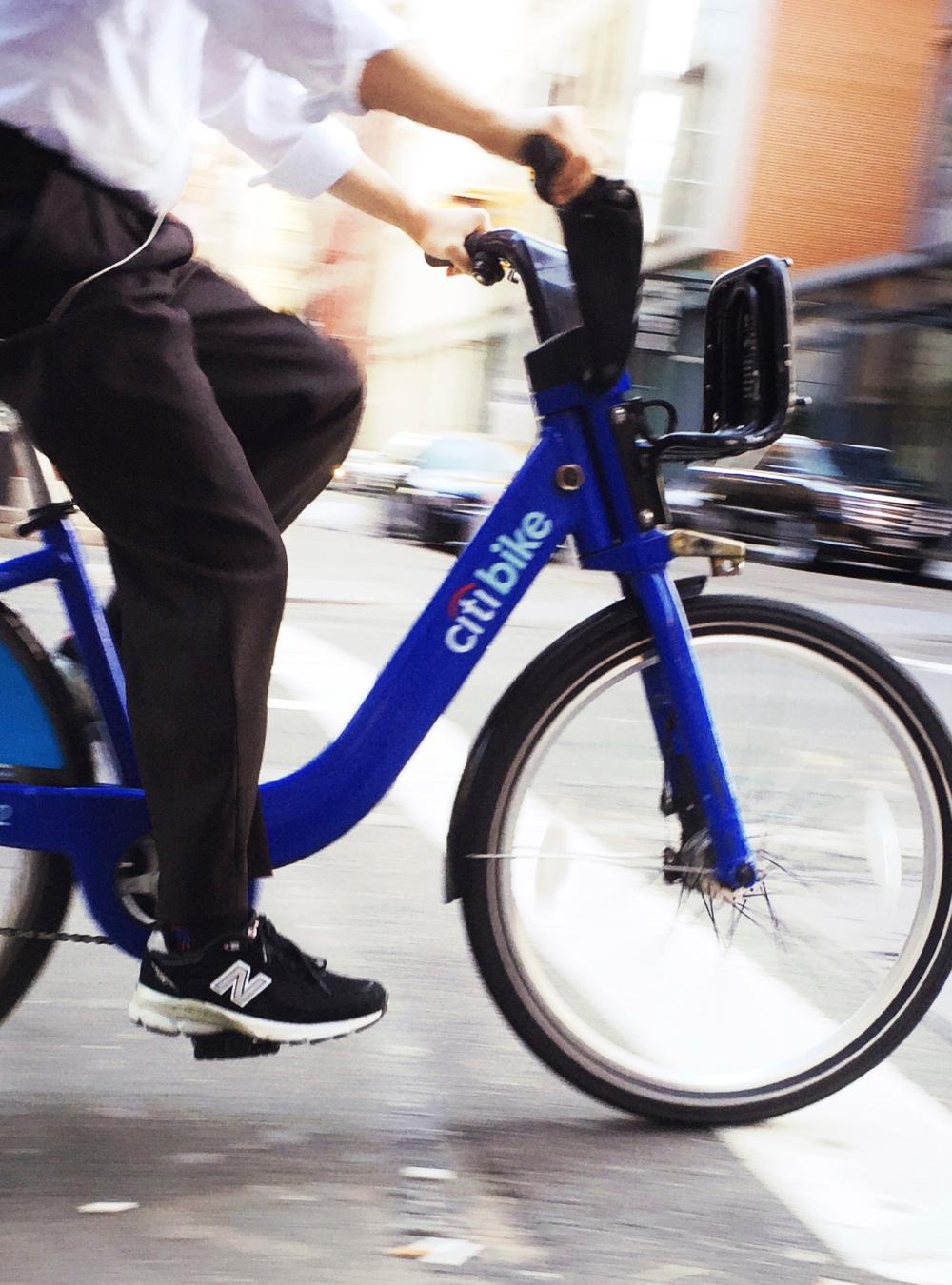The use of micromobility services—from bicycles to e-scooters—is gaining ground across the nation. Yet there is little data-driven understanding of this new transportation model’s safety implications. MITRE research intends to fill that gap.

The Dawn of Micromobility: Identifying Safety Risks and Solutions
Find it, ride it, leave it. No ownership costs. No chauffeur required. No fuel expended to move a 2,000-pound car.
These are just some of the advantages of micromobility services—those on-demand bicycle and e-scooter networks now taking our cities by storm. Such services offer the solo traveler a flexible, affordable, and eco-friendly way to take short trips. The result is a transportation revolution in urban environments.
At the same time, this transportation innovation represents a host of new safety risks that are not well understood. MITRE researchers are working to unlock those mysteries by taking a closer look at e-scooter accidents, injuries, and fatalities across the United States.
Adding Depth and Breadth to Micromobility Research
“We’ve chosen e-scooters as illustrative of the general category of micromobility,” says Elizabeth Karpinski, who leads the research project within MITRE’s independent research and development program. “We’ve worked to develop a research framework that will also be applicable to other micromobility services—both current and future.”
A new framework is critical, she says, because existing research lacks uniformity, depth, and breadth. Much of the data is anecdotal. Different researchers use different criteria for evaluating safety. And many studies are too narrowly focused, such as on a single city.
“That makes it difficult to assess how serious the problem is, and where it comes from.”
So Karpinski took a different approach. She and her team used a wide range of data from across the country to answer some basic questions about e-scooter crashes and fatalities. They wanted to know: Where does the danger come from? And do the crashes have common characteristics and mechanics that could be avoided or mitigated?
“We gathered data from news and police reports, government agencies, micromobility companies, and death certificates,” she explains. “Then we cross-referenced the data to puzzle out what was happening. No one had done that before. MITRE’s decades of experience in big data analytics positioned us to take a more holistic approach.”
And as the operator of federally funded research and development centers, she notes, MITRE is also uniquely impartial.
“We have no stake in finding one conclusion or the other—only in describing the situation as accurately as possible.”
Darkness Is the Enemy for Many E-Scooter Riders
A significant finding from Karpinski’s research was that the majority of fatal e-scooter accidents take place in low-light conditions, mostly at night.
“Although a lot of e-scooter riding happens during the day, only a few of these accidents have taken place in daylight,” she says. “That suggests night riding is unusually dangerous.”
Some jurisdictions, she notes, have already imposed e-scooter bans at night. “Broader use of those policies may be an easy way for cities to make e-scooter travel safer.”
Another common cause of fatal e-scooter accidents is the “right hook,” where an automobile driver makes a sudden right turn, not realizing an e-scooter is traveling alongside the vehicle, in its blind spot—an accident also common with cyclists.
In this case, Karpinski and her team recommend the use of an anti-right-hook traffic light system, which gives cyclists and scooters a green bicycle-lane light while holding automobile drivers briefly on red. “That way, bicycle and e-scooter riders have a protected opportunity to cross the intersection—without the danger of being hit by a vehicle making a right turn.”
This technology, which has been in use in several countries for decades, was recently implemented at a few Boston intersections and is gaining traction elsewhere in the United States, Karpinski says. “This is an example of how, if we understand where the points of conflict are, we can use design to mitigate them.”
Karpinski and her team also identified several primary “points of failure” that precipitated many other e-scooter accidents. These included scooter riders failing to obey traffic lights, jaywalking, riding on the wrong side of the road, and entering the roadway without first checking for oncoming traffic.
Those findings led to another insight: Although e-scooters are motorized, riders often behaved more like pedestrians than automobile drivers. “That gray area—that ambiguity in how the riders perceive themselves—seems to lead to accidents,” she says.
Interestingly, rules some jurisdictions have implemented may be exacerbating this problem.
“The world of e-scooters has been a kind of wild west, with each jurisdiction implementing its own local rules,” Karpinski explains. And some jurisdictions restrict e-scooters to sidewalks.
“Based on what we’ve seen in the data, those rules might actually create more danger because they encourage scooter riders to think of themselves as pedestrians.”
Sharing the Findings for the Public Good
The researchers are now working to publish their findings so that transportation decision-makers can make use of them.
“Municipal groups and transportation agencies at the local, state, and federal level are faced with decisions about what policies to put in place and what investments to make in infrastructure to safely support micromobility services,” Karpinski says.
“Our research will help them make sound, data-based decisions for the future.”